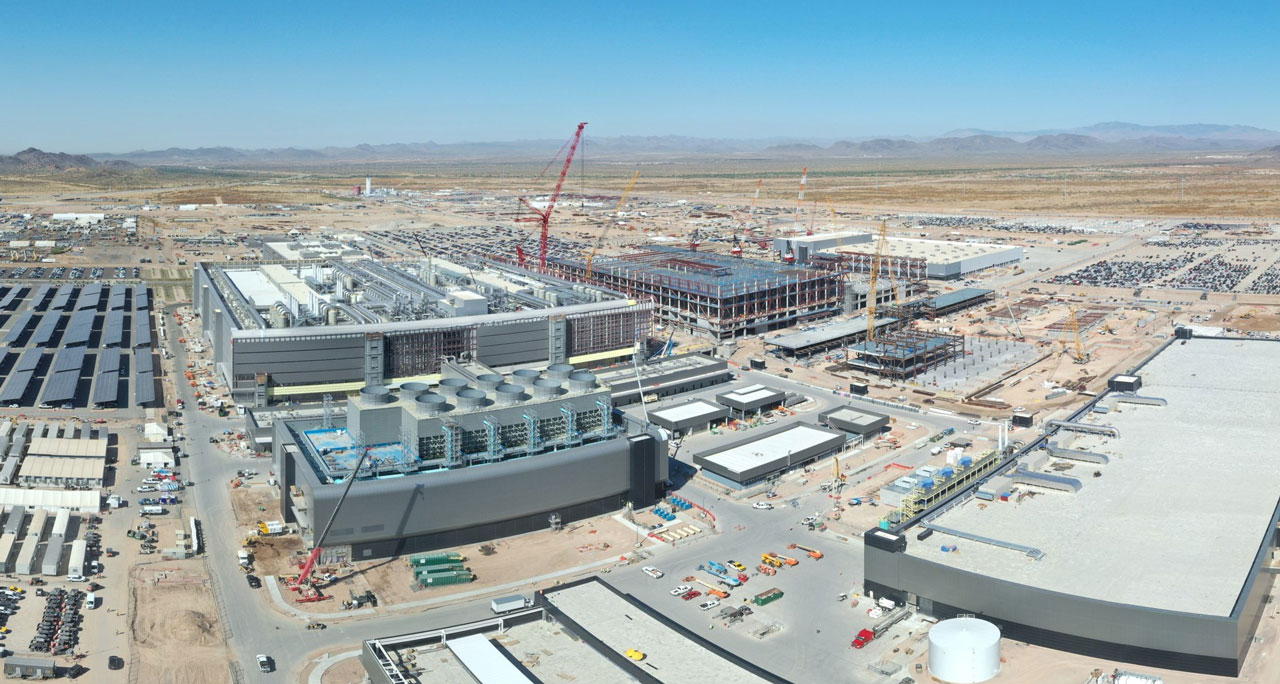|
Getting your Trinity Audio player ready...
|
Taiwanese contract semiconductor manufacturer TSMC is to invest an additional $100 billion (£79bn) in its US operations, the company said as chief executive C.C. Wei met with US president Donald Trump at the White House.
The new capital will go toward building six new facilities in Arizona, where TSMC already has several operations, and brings the company’s total US investment to $165bn.
Trump said bringing more chip manufacturing to the US was a “matter of national security”.

New plants
TSMC said it would build three new chip fabrication plants, two advanced packaging plants and a major research and development centre in Arizona.
The company initially committed $12bn in 2020 to building its first US chip plant in Arizona, eventually raising the figure to $65bn in April 2024 with plans for a third Arizona plant by 2030.
The US Commerce Department finalised a $6.6bn subsidy for TSMC in November under the $52.7bn Chips and Science Act.
The company said it looks “forward to discussing our shared vision for innovation and growth in the semiconductor industry, as well as exploring ways to bolster the technology sector along with our customers”.
It said last year it would produce chips using the world’s most advanced 2-nanometre process at its second Arizona factory, expected to begin production in 2028. It also agreed to use its most advanced A16 manufacturing technology in Arizona.
The Commerce Department said in January that TSMC had begun production using its 4-nanometre process in Arizona.
US expansion
Under the previous administration, all five of the most advanced chip firms agreed to locate plants in the US as part of the Chips Act, which aims to address the national security issues of relying on imported chips.
Apple said last month it would invest $500bn in the US in the next four years, including hiring 20,000 new staff and producing AI servers in the country.
The Stargate project announced by SoftBank, OpenAI and Oracle in January plans to invest up to $500bn in US AI data centres in the next four years.




